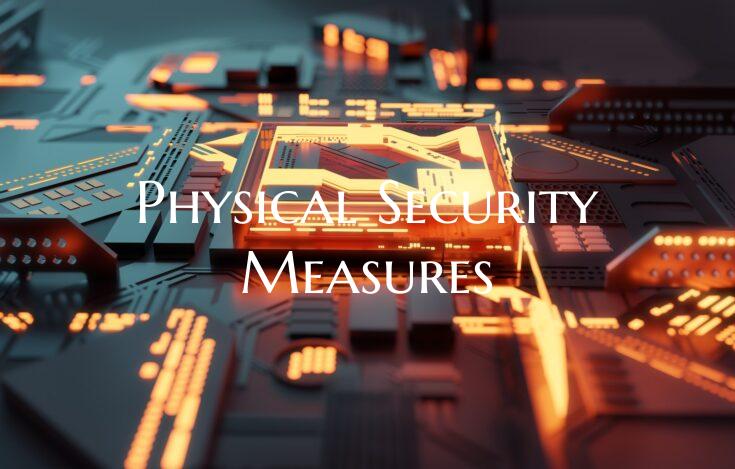Physical Security Measures
In today's ever-evolving world, ensuring the safety and security of physical spaces has become paramount. Physical security measures are vital components of any comprehensive security strategy, as they provide the foundational defense against numerous threats, ranging from theft and vandalism to more serious incidents such as unauthorized access and violence. By implementing robust physical security measures, organizations can create a secure environment for their assets, employees, and visitors. Here are several essential considerations for enhancing physical security measures:
1. Access Control Systems: Access control systems play a crucial role in managing and monitoring entry and exit points within a facility. By utilizing technologies such as keycards, biometric scanners, and electronic locks, organizations can restrict access to authorized personnel only, significantly reducing the risk of unauthorized entry.
2. Surveillance Cameras: Video surveillance cameras are a powerful deterrent against criminal activities and provide valuable evidence in the event of an incident. High-definition cameras positioned strategically throughout a facility can help monitor activities in real-time and aid in investigations post-incident.
3. Security Guards: Trained security personnel are instrumental in maintaining a visible presence and responding swiftly to security threats. Security guards can conduct regular patrols, monitor surveillance feeds, and intervene in situations to de-escalate conflicts and maintain order.
4. Perimeter Security: Securing the perimeter of a facility is a critical first line of defense. Fences, gates, bollards, and lighting can help deter unauthorized access and create a clear boundary between public and private spaces.
5. Alarms and Alerts Systems: Intrusion detection sensors, alarms, and alert systems are essential in notifying security personnel and relevant authorities of potential security breaches. Integrating these systems with monitoring centers can ensure rapid responses to security incidents.
6. Emergency Preparedness: Establishing emergency response protocols and conducting regular drills can prepare staff to react effectively in crisis situations. Having clear evacuation procedures, designated safe zones, and communication channels is essential for mitigating risks during emergencies.
7. Cyber-Physical Security Integration: In the age of interconnected systems, integrating physical security measures with cybersecurity protocols is paramount. Protecting access control systems, surveillance cameras, and other physical security assets from cyber threats is essential to prevent unauthorized access and tampering.
By incorporating these physical security measures into their security strategies, organizations can create a robust security posture that safeguards their physical assets, infrastructure, and personnel. Investing in comprehensive security solutions and staying vigilant against emerging threats is key to ensuring a safe and secure environment for all stakeholders.

